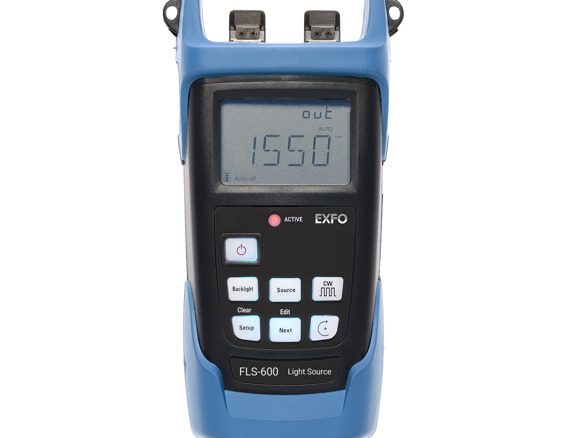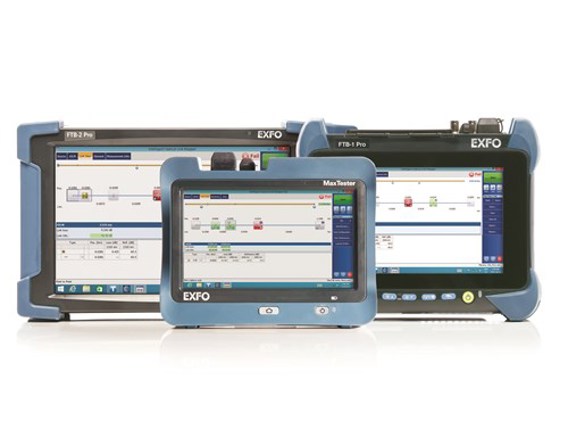Resources
All resources
Spec sheet
Encircled Flux (EF) test solutions - English
(January 06, 2019)
Spec sheet
Encircled Flux (EF) test solutions - 中文
(January 06, 2019)
Spec sheet
Encircled Flux (EF) test solutions - Deutsch
(January 06, 2019)
Spec sheet
Encircled Flux (EF) test solutions - Français
(January 06, 2019)
Application notes
Maximizing the Long-Term Performance of Your OTDR/iOLM by Using APC Connectors - English
(August 22, 2011)
Application notes
Maximizing the Long-Term Performance of Your OTDR/iOLM by Using APC Connectors - Français
(August 22, 2011)
Application notes
Maximizing the Long-Term Performance of Your OTDR/iOLM by Using APC Connectors - 中文
(August 22, 2011)
Application notes
Maximizing the Long-Term Performance of Your OTDR/iOLM by Using APC Connectors - Español
(August 22, 2011)
Application notes
Maximizing the Long-Term Performance of Your OTDR/iOLM by Using APC Connectors - Deutsch
(August 22, 2011)
On-site trainings
Advanced OTDR Testing - English
(January 05, 2012)
On-site trainings
Advanced OTDR Testing - Français
(January 05, 2012)
On-site trainings
Advanced OTDR Testing - 中文
(January 05, 2012)
Brochures and catalogs
OTDR and iOLM selection guide - English
(May 20, 2019)
Brochures and catalogs
OTDR and iOLM selection guide - 中文
(May 20, 2019)
Reference guides
Distributed Antenna System - English
(May 12, 2013)
Reference guides
FTTH PON - English
(December 12, 2011)
Reference guides
FTTH PON - 中文
(December 12, 2011)
Reference guides
FTTH PON - Español
(December 12, 2011)
Reference guides
FTTH PON - Deutsch
(December 12, 2011)
Application notes
Multimode Fiber Certification: Light Source Launch Conditions and Encircled Flux Standard - English
(August 21, 2011)
Application notes
Reducing FTTH OPEX with the Intelligent Optical Link Mapper (iOLM) - English
(August 23, 2011)
Application notes
Reducing FTTH OPEX with the Intelligent Optical Link Mapper (iOLM) - Français
(August 23, 2011)
Application notes
Reducing FTTH OPEX with the Intelligent Optical Link Mapper (iOLM) - 中文
(August 23, 2011)
Application notes
Reducing FTTH OPEX with the Intelligent Optical Link Mapper (iOLM) - Español
(August 23, 2011)
Application notes
Reducing FTTH OPEX with the Intelligent Optical Link Mapper (iOLM) - Deutsch
(August 23, 2011)
Application notes
Touching on Failure: Sources of Fiber-Optic Network Issues in the Data Center - English
(February 08, 2016)
Multimedia trainings
Web Training Series—FTB-1 and FTB-730-iOLM - English
(December 14, 2011)






